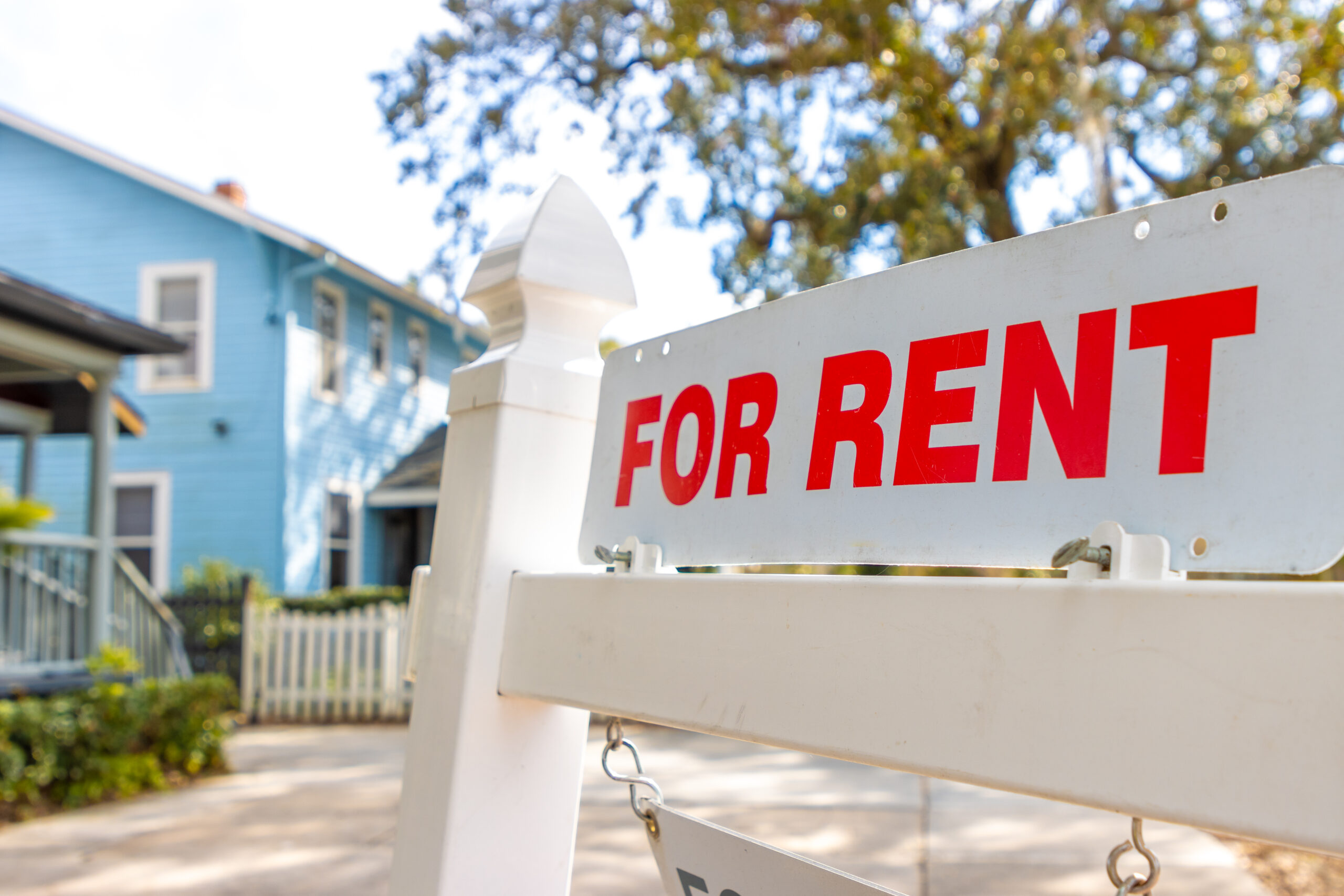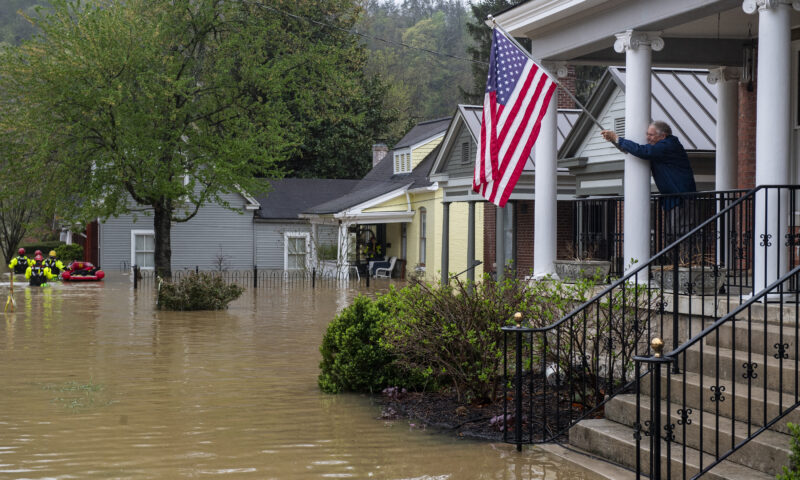Many of California’s 17 million renters are already in a world of pain, paying budget-crushing rents and facing potential double-digit hikes each year. Unless a new bill in the state Assembly is passed, that pain will compound significantly in the near future.
Thanks to 2019’s Tenant Protection Act, California has a 10% annual cap on increases for most renters — still brutally difficult for the state’s lower-income residents, but at least a limit. That law, though, is set to automatically come off the books in 2030. The newly proposed Affordable Rent Act (AB 1157) would cut that maximum hike to 5%, and would remove an exemption for single-family homes that was written into the previous legislation. Most critically, the new bill’s provisions, written by Assemblymember Ash Kalra (D-San Jose), wouldn’t expire.
An analysis by the nonpartisan Public Policy Institute of California found 64% of the state’s lower-income renters spend more than half what they earn every month on a place to live. That’s insupportable. It is also very reflective of a state that has consistently failed to effectively confront its escalating housing shortage. And, in the absence of any viable near-term solution to a problem decades in the making, some in Sacramento are resorting to the housing equivalent of an emergency room procedure: trying to deal with the most urgent problem first.
“The No. 1 thing we can do to prevent homelessness and ensure that we have enough housing for everyone is to make sure that families can stay in their current homes,” Kalra told Capital & Main. “We are not in the same world as we were when the [original legislation] passed.”
* * *
California’s housing crisis begins with a chronic shortage of stock, but that’s a problem that won’t be solved anytime soon. Last year, Gov. Gavin Newsom’s office estimated that the state needs to build 2.5 million new homes by 2030 to begin filling that shortage. Over the past decade, it has averaged fewer than 80,000 new homes per year.
The shortage of housing means sky-high prices for would-be home buyers. It also pumps up the cost of rental units, economists say, in part because so many middle-income Californians who make good money but still can’t buy a house are pushed into the rental market, creating ever-higher demand there. In Los Angeles, a two-bedroom apartment just under 900 square feet costs nearly $3,000 per month, according to data compiled by Apartments.com.
The Tenant Protection Act was intended to prevent some of the toxic effects of tenants starting with an already high rent and then facing massive yearly increases. It capped rent increases at 5% plus any rise in the cost of living, with the total not to exceed 10% annually.
“The TPA went into effect in January of 2020,” Kalra said. “Let’s see — what has happened since January 2020? A worldwide pandemic that cost people their jobs and incomes. The housing crisis has gotten worse. The rental market has gotten more expensive. The homelessness crisis has gotten worse.”
Kalra’s bill drops maximum yearly rent increases to 2% plus the cost of living, with a 5% total hard cap. A news release accompanying AB 1157’s introduction earlier this month referenced a Zillow Rent Index finding that, since the pandemic, rent has gone up by 39% in Bakersfield, 38% in Fresno and 37.5% in Riverside — places once considered affordable alternatives to larger metro areas of the state.
* * *
The state’s powerful landlord and developer lobbies are already trying to defeat the proposal. They have a long history of getting legislators to either write laws favorable to them or to mitigate the effects of other policies. Such was the case with the Tenant Protection Act (AB 1482) in 2019, when the groups successfully lobbied for the 2030 sunset date to be written into it. They are pushing back hard on Kalra’s new legislation, which would undo that provision.
“As you know, we worked in good faith to help pass AB 1482,” the groups wrote in a letter of opposition to Kalra, claiming that the Tenant Protection Act was intended as a temporary measure, giving the Legislature time to work on pro-housing policies. “Now,” they added, “just five years later, AB 1157 undermines that compromise.”
Debra Carlton, executive vice president of the California Apartment Association, was the lead signatory of the letter, which also said that multiple studies “have shown that rent control reduces housing availability, discourages new construction, and ultimately harms renters.” Reached for comment, Carlton told Capital & Main, “If you have our letter, that covers it.” Groups co-signing the letter included the California Association of Realtors, the California Building Industry Association and the California Mortgage Bankers Association.
“Are they suggesting they’re going to build low-income housing for families?” Kalra asked. “They’re not — they don’t want any restrictions on what they build.”
The industry lobby contends that the problem in the state is a supply crisis, not a pricing issue. Kalra acknowledges that argument but is unmoved, and his Affordable Rent Act will be heard in the Assembly’s Housing and Community Development Committee next week.
“They’re just looking at making money as developers and making money as landlords, especially corporate landlords,” said Kalra. “Let’s not create false arguments and then use your lobbying might to defeat compassionate and thoughtful solutions to how we keep [people] in their homes.”
Copyright 2025 Capital & Main


 Latest NewsDecember 8, 2025
Latest NewsDecember 8, 2025
 Striking BackDecember 4, 2025
Striking BackDecember 4, 2025
 The SlickDecember 2, 2025
The SlickDecember 2, 2025
 Dirty MoneyDecember 3, 2025
Dirty MoneyDecember 3, 2025
 Child FarmworkersDecember 5, 2025
Child FarmworkersDecember 5, 2025
 Column - State of InequalityDecember 4, 2025
Column - State of InequalityDecember 4, 2025
 Latest NewsDecember 10, 2025
Latest NewsDecember 10, 2025
 StrandedDecember 9, 2025
StrandedDecember 9, 2025

